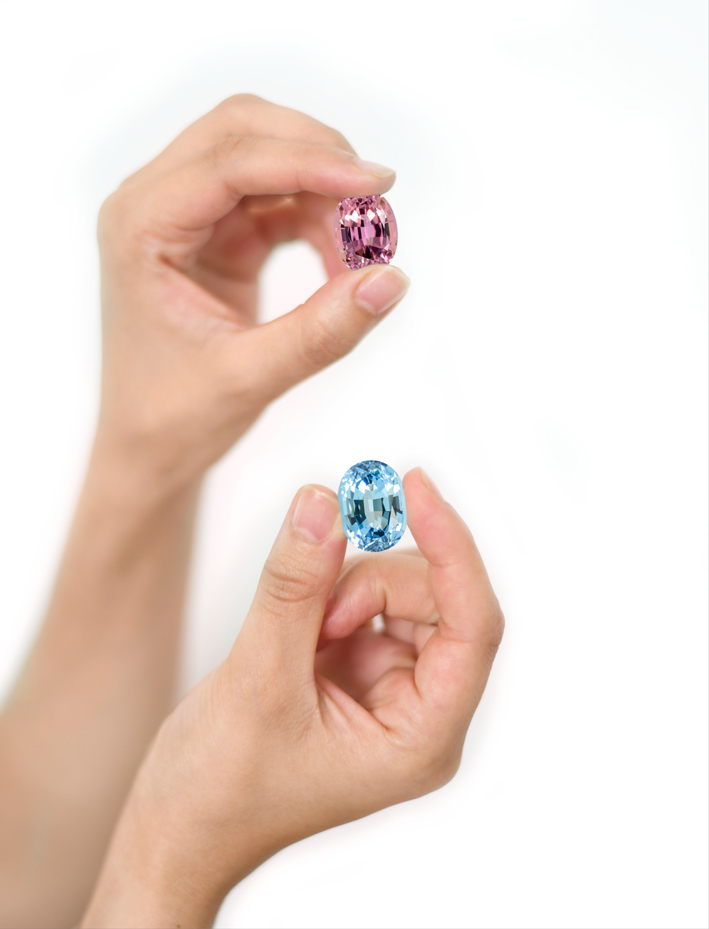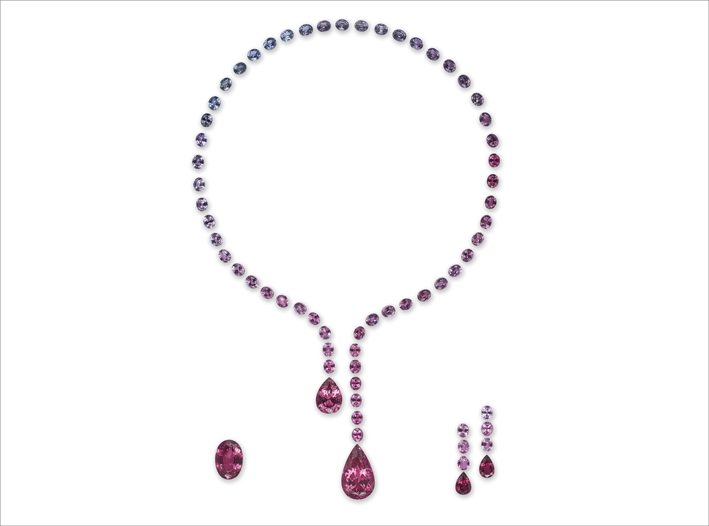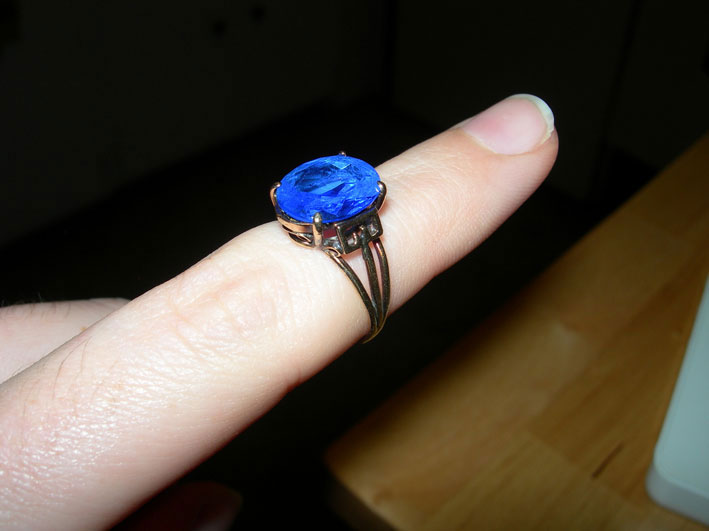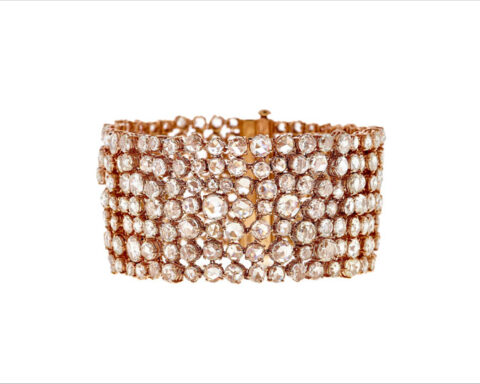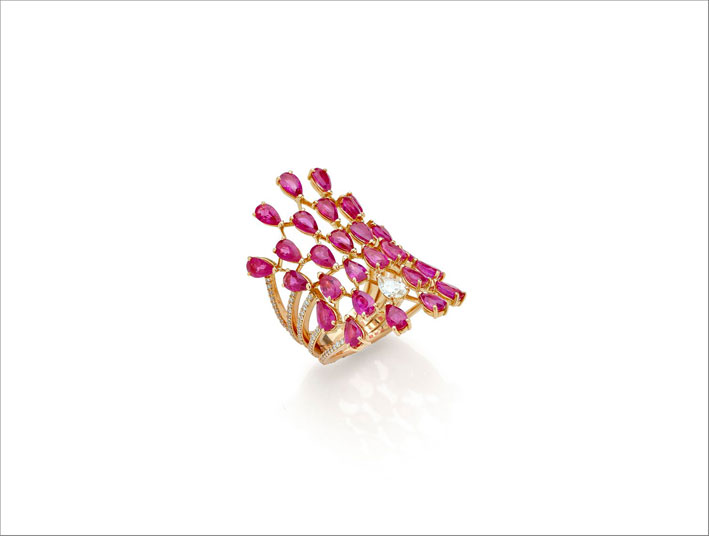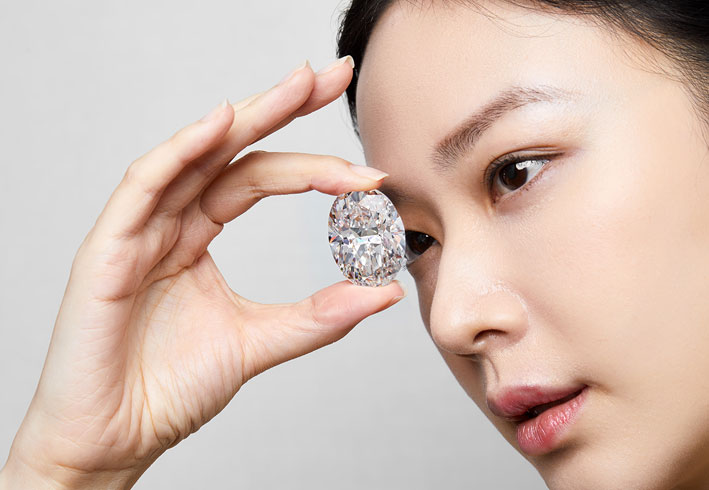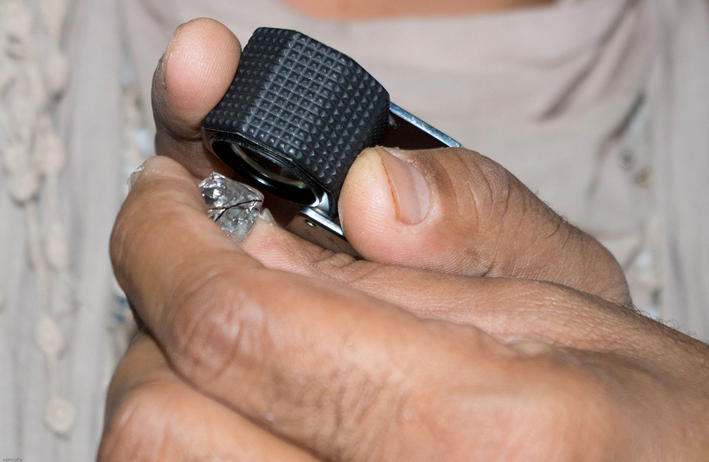How resistant are the stones of your jewels? Can they be damaged easily?
The hardness of gems is measured by the Mohs scale. The name derives from the German scientist Friedrich Mohs, who conceived it in 1812. The Mohs scale assigns a grade from one to ten to the degree of hardness of the stones. In this way, you can know which ones are more delicate, for example, which scratch or break more often. It is an aspect that is best known to avoid nasty surprises: knowing how hard the stones of your jewels are is also useful for cleaning. For example, an opal is not as strong as a ruby and should be treated with greater delicacy.
In short, generally when someone buys a piece of jewelry they don’t ask you if it will be tough enough to withstand occasional bumps. Yet it is a question that is best to ask yourself, especially if the stone is mounted on a ring, a jewel that is more easily subject to contact with other materials. But the same goes for earrings or necklace if these jewels have stones.
Although we tend to believe that a stone is incredibly more solid than any common object of everyday life, this is not the case. The gems of your jewelry could be fragile stones, at risk of being scratched or even shattered in some unfortunate circumstance. Even the diamond is absolutely not safe from all danger. Fortunately, Mohs took the trouble, almost two centuries ago, to measure the hardness of different minerals, including precious stones. It is therefore possible to know the degree of hardness of the stones with some certainty.
| Pietra | Durezza |
|---|---|
| Diamante | 10 |
| Rubino | 9 |
| Zaffiro | 9 |
| Alessandrite | 8.5 |
| Crisoberillo | 8.5 |
| Topazio | 8 |
| Spinello | 8 |
| Smeraldo | 7,5-8 |
| Andalusite | 7.5 |
| Hambergite | 7.5 |
| Acquamarina | 7,5-8 |
| Goshenite | 7,5-8 |
| Berillo | 7,5-8 |
| Morganite | 7,5-8 |
| Granato demantoide | 7-7,5 |
| Ametista | 7 |
| Tormalina | 7-7,5 |
| Quarzo | 7 |
| Kunzite | 7 |
| Citrino | 7 |
| Danburite | 7-7,5 |
| Iolite | 7-7,5 |
| Rubellite | 7-7,5 |
| Tanzanite | 6,5-7 |
| Peridoto | 6,5-7 |
| Granato | 6,5 - 7,5 |
| Diaspro | 6,5-7 |
| Axinite | 6,5-7 |
| Crisoprasio | 6,5-7 |
| Corallo fossile | 6,5-7 |
| Agata | 6,5-7 |
| Spessartite | 6,5 - 7,5 |
| Occhio di tigre | 6,5-7 |
| Zircone | 6,5 - 7,5 |
| Diasporo | 6,5-7 |
| Eliotropio | 6,5-7 |
| Tsavorite | 6,5 - 7,5 |
| Onice | 6,5-7 |
| Corniola | 6,5-7 |
| Calcedonio | 6,5-7 |
| Rhodolite | 6,5 - 7,5 |
| Sillimanite | 6,5 - 7,5 |
| Labradorite | 6 - 6.5 |
| Pietra Luna | 6 - 6.5 |
| Giadeite, giada nefrite | 6 - 6.5 |
| Amazzonite | 6 - 6.5 |
| Opale | 5.5 - 6.5 |
| Ematite | 5.5 - 6.5 |
| Lapislazzuli | 05-giu |
| Turchese | 05-giu |
| Ossidiana | 5-5,5 |
| Malachite | 3,5-4 |
| Corallo | 03-apr |
| Perla | 2,5-4,5 |
| Chrysocolla | Di 2 - 4 |
| Ambra | 2-2,5 |
The Mohs scale was initially based on ten readily available minerals. This ranking was subsequently completed and is now an important indicator for those who buy a stone. But be careful: it is a special scale. For example, a corundum (such as ruby) is twice as hard as a topaz, but a diamond is nearly four times harder than a corundum. What you see on this page is a table that summarizes the hardness of the main stones. At the head is the diamond. Immediately after there are rubies and sapphires. Then … Federico Graglia
